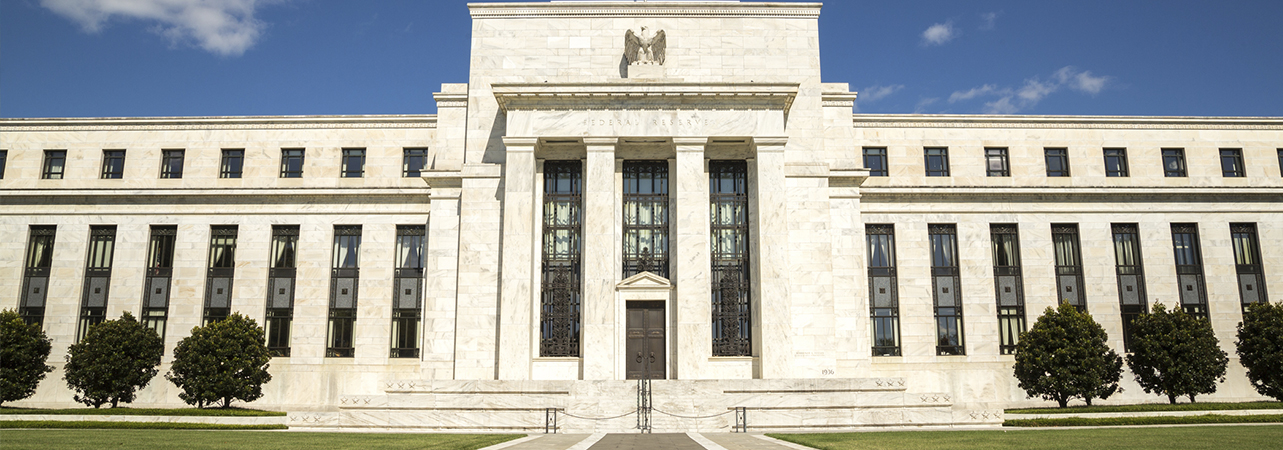US equity markets reached new closing highs during July, and the S&P 500 Index breached 3,000 points for the first time ever, boosted in part by expectations of an interest-rate cut that materialised at the end of the month. The Federal Reserve imposed its first reduction in interest rates since December 2008.
- The White House and Congress reached a deal over a two-year Budget and debt ceiling
- The trade conflict between the US and China remained unresolved
- US economic growth lost some momentum in Q2 compared with Q1
To view the series of market updates through July, click here
US equity markets reached new closing highs during July, and the S&P 500 Index breached 3,000 points for the first time ever, boosted in part by expectations of an interest-rate cut that materialised at the end of the month. Hopes of an easing in tensions in the long-running trade conflict between the US and China were undermined by tweets from President Donald Trump questioning China’s economic strength and its leaders’ willingness to deliver on their promises. Elsewhere, the White House reached agreement with Congress over a two-year Budget and debt ceiling.
“Relations between the central bank and the White House remained frosty”
The Dow Jones Industrial Average Index rose by 1% during July, while the S&P 500 Index climbed by 1.3%. The technology-heavy Nasdaq Index rose by 2.1% over the month. The best-performing S&P industry sector during July was information technology, followed by communication services and consumer staples. In comparison, energy, health care, and utilities ended the month in negative territory.
US economic growth lost some of its momentum during the second quarter of 2019, undermined by softer export activity caused by the ongoing trade conflict between the US and China. The economy grew at an annualised rate of 2.1% during the period, compared with first-quarter growth of 3.1%. Looking ahead, the International Monetary Fund (IMF) expects economic growth in the US to decelerate from 2.6% in 2019 to 1.9% in 2020 as the impact of fiscal stimulus unwinds. Relations between the central bank and the White House remained frosty during the month, as President Trump tweeted: “Q2 GDP up 2.1%. Not bad considering we have the very heavy weight of the Federal Reserve wrapped around our neck”.
The Federal Reserve (Fed) imposed its first reduction in interest rates since December 2008, cutting the key federal funds rate by 25 basis points to a range of 2% to 2.5%. Policymakers believe that downside risks to the outlook – including the impact of “muted” inflation pressures and broader global developments – have increased. Fed Chair Powell highlighted “both positive and negative developments”, including slowing global growth, “soft” business investment, and a subdued inflationary backdrop. Chair Powell emphasised that the move was not necessarily the first in a “long series” of cuts, or “just one” cut. In response, President Trump tweeted: “As usual, Powell let us down” and: “The Fed has made all of the wrong moves”.
A version of this and other market briefings are available to use in our newsletter builder feature. Click here







